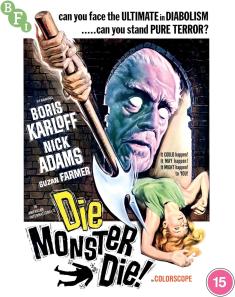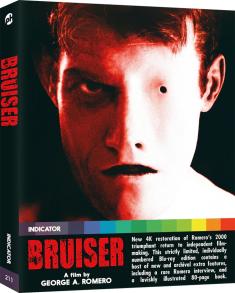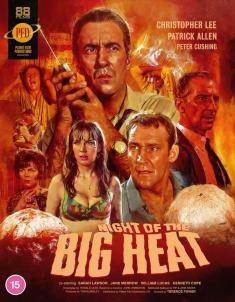Mega Man Legacy Collection
Overview -
Mega Man is one of the most recognizable gaming icons of all time, right up there with early Nintendo icons Mario, Link, and Samus. He was created by Capcom developers Akira Kitamura and Keiji Inafune, the latter of whom went on to develop many 'Mega Man' games and also produced 'Dead Rising' and 'Lost Planet'. The 'Mega Man Legacy Collection' curates the first six 'Mega Man' titles, all of them released between 1987 and 1993 on the Nintendo Entertainment System (NES). The project was developed by a reborn Digital Eclipse, a company specializing in game refurbishing and preservation.
Video Review
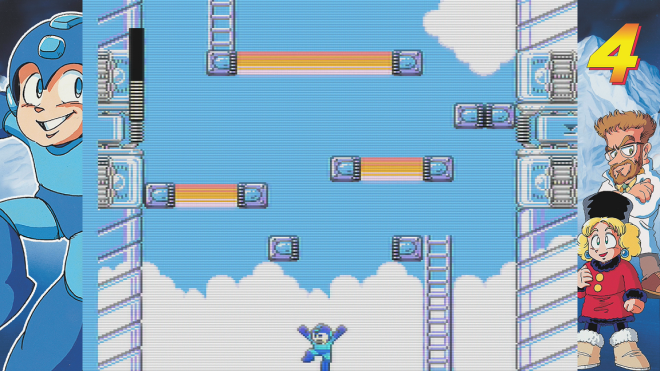
All of the 'Mega Man' games included in the anthology have been touched up with the Eclipse Engine. This is a proprietary Digital Eclipse product, not to be confused with the BioWare engine of the same name. The new engine enables a clean, high-res rendering. Edges are sharper, with less fuzziness around the sprites. Colors are brighter and there is more contrast between similar shades, such as the infinite blues (the NES had more capacity for blue than any other color, hence Mega Man’s other nickname, the "Blue Bomber"). Effects see a modest enhancement, but there is only so much that can be done with 8-bit assets. The games' original slowdown has been kept intact, and that means framerate issues. This authentic approach should suit longtime fans, but may not be equally appreciated by anyway new to the series.
Several formatting options have been added for the discerning player. The standard aspect is a pillarbox with black bars, which can be injected with a hand-drawn border if desired. The screen can also stretch to a wide or full arrangement. Scanlines and "fuzzy tube TV effects" have been added as options. Even when these settings are not in use, some of the sprites have a tendency to clip in and out. It’s a bit of an eyesore but doesn’t affect gameplay.
Audio Review
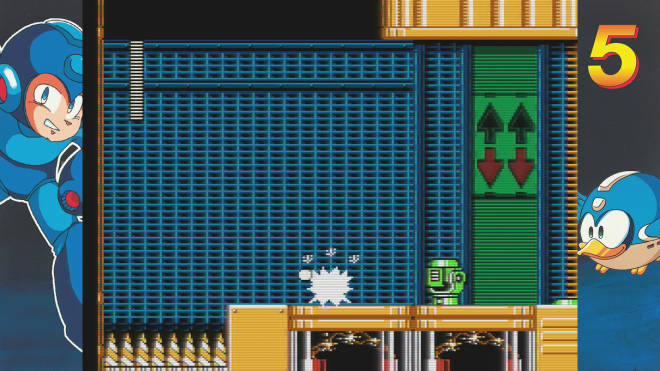
The high-pitched MIDI-like soundtrack is here in all its glory, along with the arcadey shooting and explosion sound effects. An important highlight of the series, the music is clear and strong with very few problems.
Final Thoughts
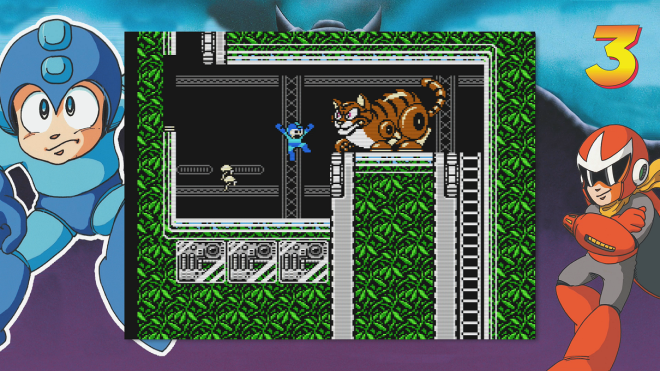
Digital Eclipse considers 'Mega Man Legacy Collection' to be just as much a time capsule or museum exhibit as it is a video game, a sentiment I do not disagree with. A great deal of work has been put into curating the games and adding new, optional content while retaining their retro aesthetic. A few video issues crop up here and there, and perhaps the gameplay can be stubbornly vintage, but this is still a great compilation.





